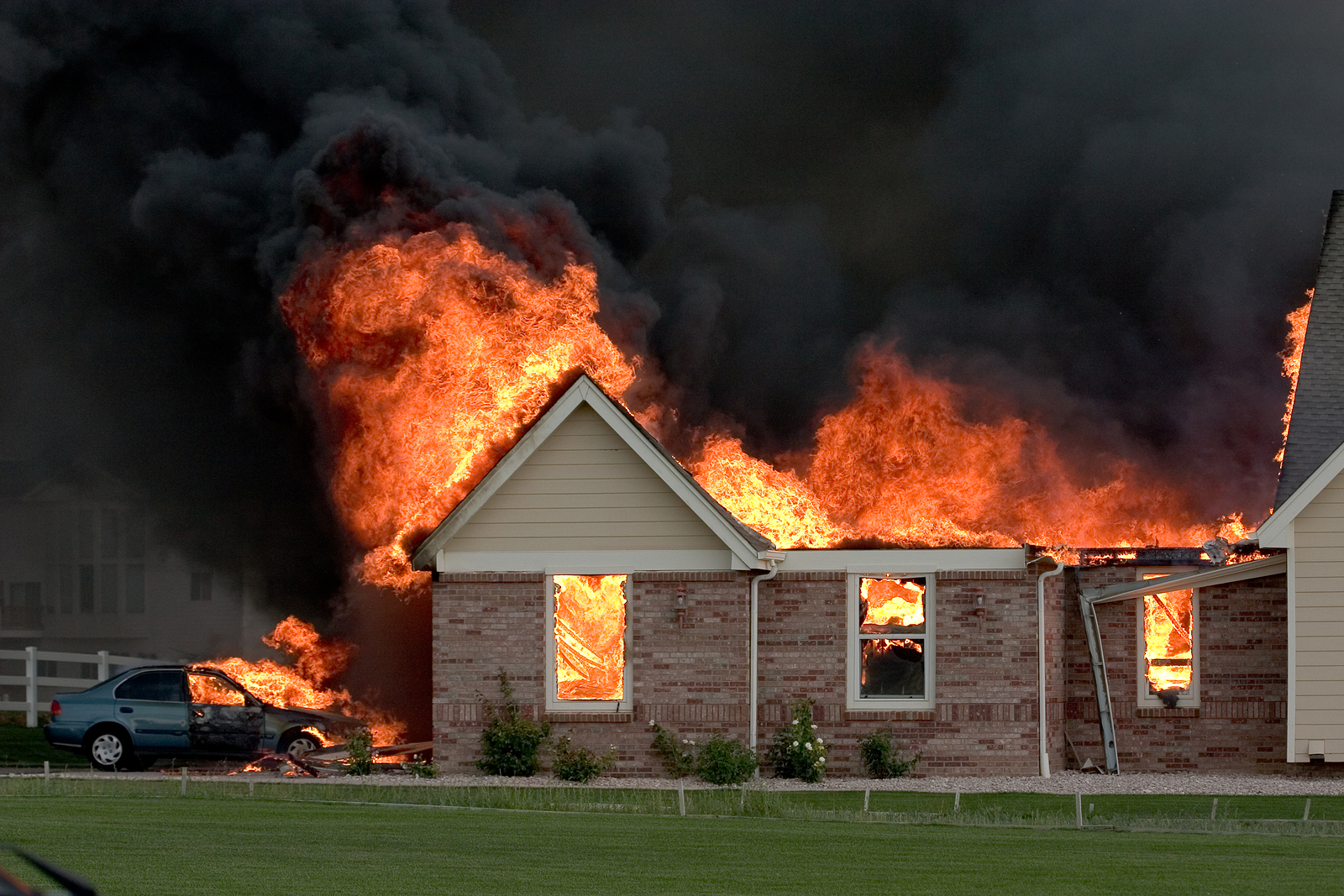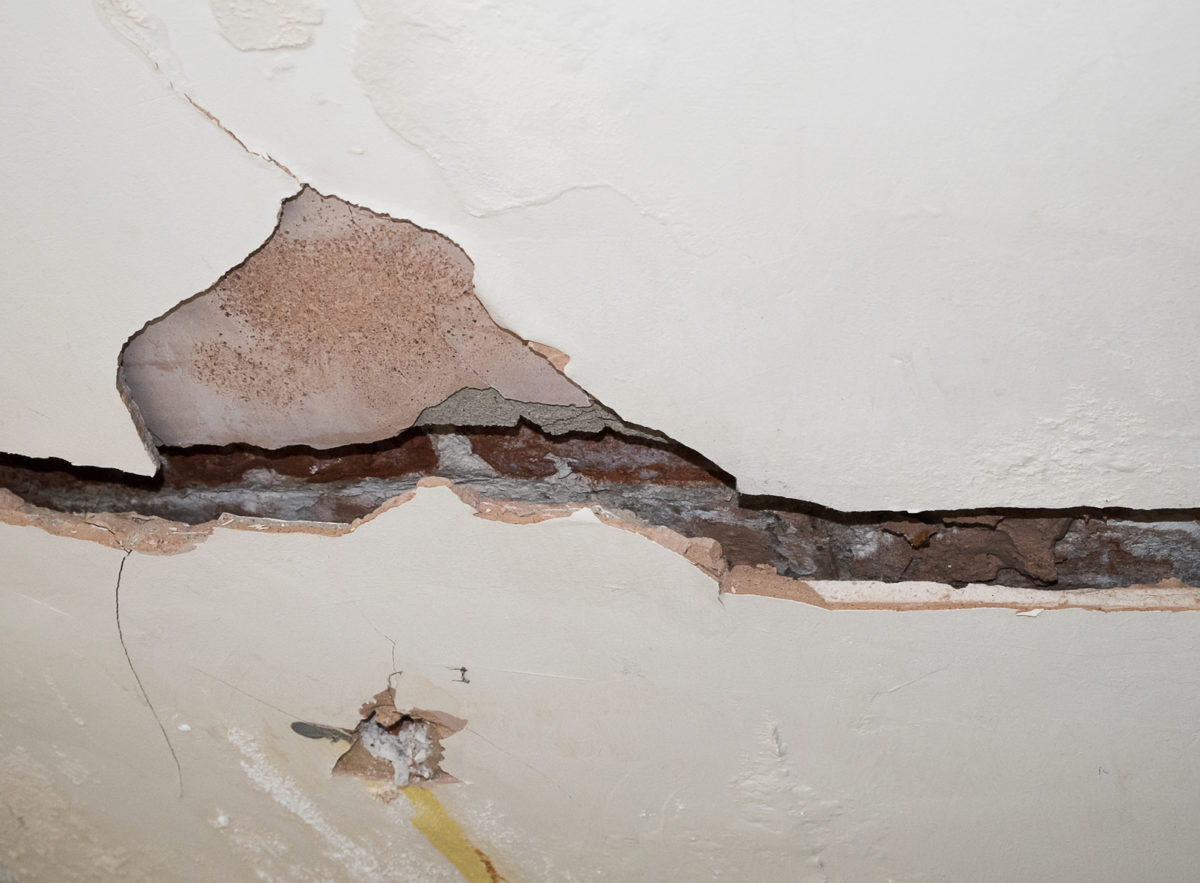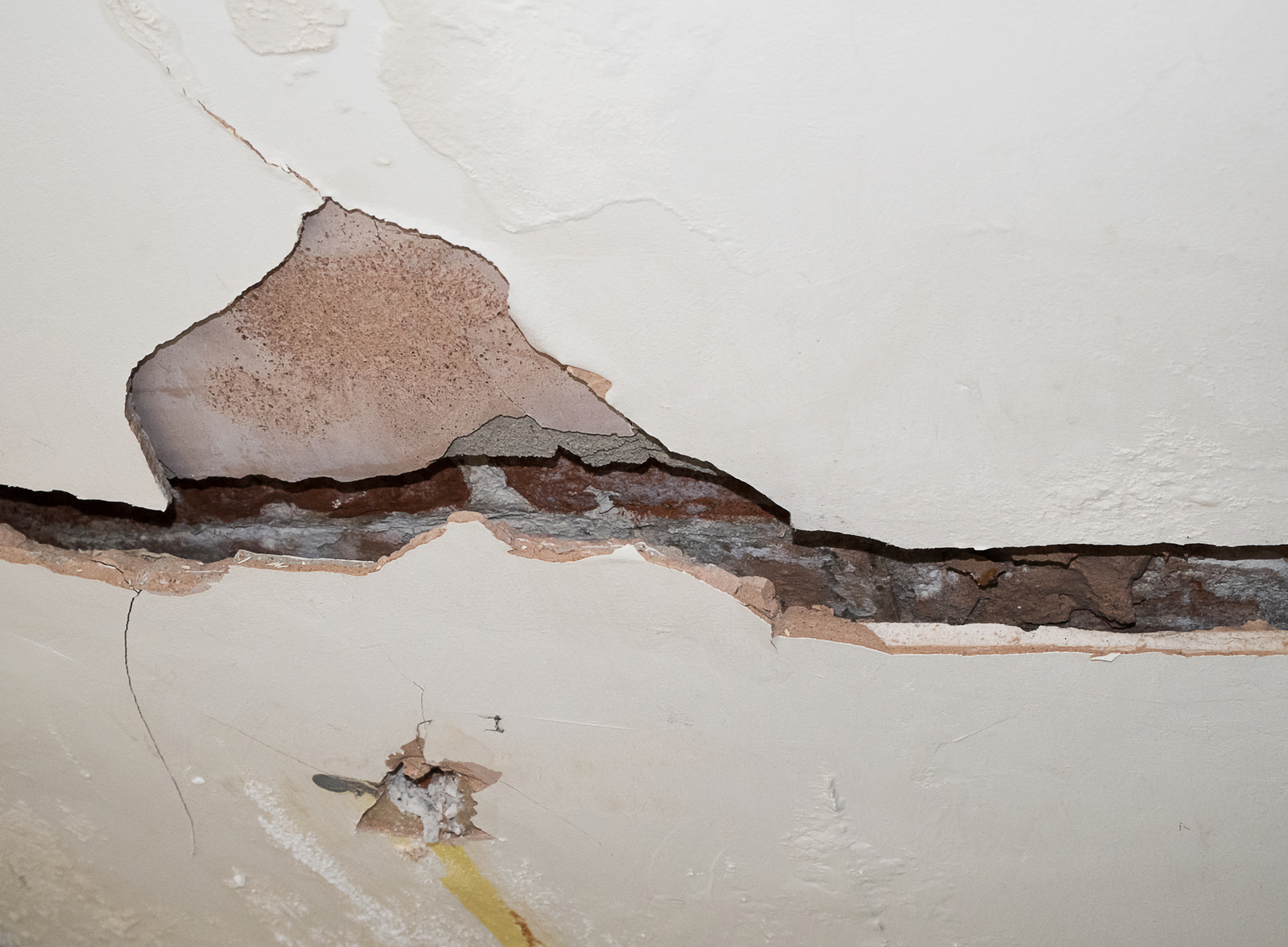If you have a few days off over the holidays, there’s a chance you’ve walked through your home considering all the different ways to improve your property.
It’s not unusual. It’s also typical to experience frustration when your ideal upgrade and the budget available don’t match.
Thankfully, there are a few rooms that don’t require a huge sum of money to revamp, including the bathrooms in your home.
And, many of these fixes are so simple and inexpensive you could get them done before Valentine’s Day.
Deep Clean
No one enjoys cleaning the grouting in their bathroom, but committing the time to this task will instantly transform the way your bathroom feels.
Get the gloves out and give this room a top to bottom deep clean, including light fixtures, hooks, and under the counter. You’ll feel better immediately.
Need some time-saving yet effective tips? Check this out.
Consider your cabinets
Paint – it’s a miracle worker. Whether it’s put on the walls or on your cabinets, fresh paint instantly transforms a room.
The predicted hot colors for 2020, according to the Milan Design Show, include champagne, light yellow, and pumpkin red. Since these are rather “in your face” colors, consider painting the walls a color that’s a little less intimidating and use the aforementioned colors in your accessories.
Painting your bathroom vanity may seem like a huge job, but watch a few DIY videos and you’ll have it done like a pro, and in no time. Here’s a good walkthrough and you’ll find another here.
You can’t grow wrong with gray, ebony or white paint for the vanity, according to TheFlooringGirl.com.
Check out Benjamin Moore’s Kid Gloves (and see it in action, here) and Sherwin-Williams Lazy Gray.
Deep pockets?
If you have a decent budget, consider some of the trends that designers are forecasting for 2020:
- Brass finishes
- Deep soaking, freestanding tubs (make it a black tub if you want to be on trend)
- Travertine or limestone floors
New Accessories
A fresh shower curtain will infuse new life into your bathroom, but that’s not the only purchase to consider.
A proper waste basket (not a cheap plastic solution) can make a big difference. There are also new lighting fixtures, faucets, towels and rugs to consider.
Take some time to browse the internet for ideas and create a décor scheme that works for you… and your bathroom… before heading out to shop.
Think Outside the Bathroom
Most people only look in the bathroom section of the store when considering the appearance of this room.
When you add unusual objects to this space (treating them accordingly for the moisture in the bathroom), you can make a statement while making this room more functional.
Consider a small gallery of framed art, perhaps a dining chair, or lighting designed for a home’s exterior. No matter how small these items may be, they will make everyone smile.
Just remember to take stock of everything you want before leaving the house, and create a budget before shopping. It will keep you on track as you update your home’s bathroom.
Speaking of shopping
Consider attending yard sales and shopping at thrift stores for the aforementioned accessories.
As you shop, remind yourself that a drapery rod finial can make an interesting accent piece when set next to a potted plant or other décor and that cute glass and brass espresso cup would look amazing holding your toothbrush.
HGTV.com offers up more thrift-shop-finds-as-bathroom décor, here.
Then, hit the dollar stores in your area. But, first, watch this brilliant video of a DIY bathroom makeover with products purchased from those discount stores.



















